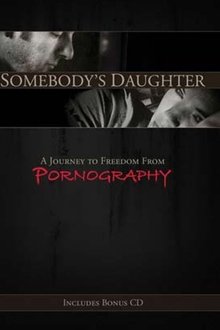An original and compelling documentary depicting one father’s long-term struggle with heroin addiction told through the uniquely intimate perspective of his own son. After years of acrimony and estrangement, young filmmaker Phillip Wood seeks out his father to try and understand what’s happened to him. But his father is now seriously ill and over the next few months Phillip’s visits force both to confront some uncomfortable truths about their past. This documentary offers a strikingly stark exploration of a subject that significantly affected the filmmaker's childhood. An intimate, revealing documentary that shows addiction from a different side and challenges assumptions about how families can rebuild their broken relationships.
Related Movies
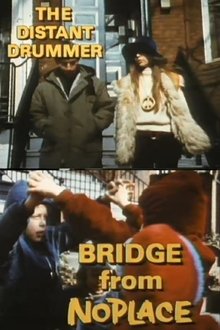
The Distant Drummer: Bridge from No Place (1970)
This film describes the 1960s drug culture. Addicts discuss their experiences in the United States and in Vietnam. Dr. Stanley Yolles, director of the National Institute of Mental Health (NIMH), talks about the drug culture and the NIMH role in prevention and treatment. The tape describes growth in the use of marijuana and heroin. In 1966, the Narcotic Addict Rehabilitation Act is the first law to give the addict a choice of treatment or jail. Synanon in California is a private, self-help, residential community that helps people deal with their addictions. New York's Daytop Village works not only with addicts on addictions, but on developing a new lifestyle. Methadone, though still experimental, has proved to be an effective treatment for heroin addiction.
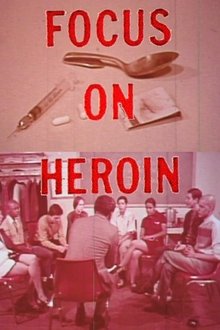
Focus On Heroin (1971)
This film points out the risks of being a heroin addict. Explains that addicts cannot be identified solely with one particular socio-economic level and cannot always be detected by appearance. Addicts and ex-addicts describe the first and subsequent drugs they used.
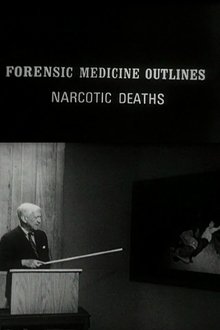
Narcotic Deaths (1970)
The purpose of this presentation is to discuss the types of narcotic deaths and drugs encountered by Dr. Milton Helpern in his post as Chief Medical Examiner for New York City and to describe internal and external body changes resulting from narcotism. This objective is achieved with the use of photographs of overdose victims and the equipment found and used by addicts. According to this presentation narcotic addiction which has been a problem for many years has increased markedly within the last twenty years. The use of amphetamines and marijuana is discussed briefly and the equipment used by addicts is described and illustrated. Dr. Helpern then shows photographs of overdose victims and describes the circumstances under which the body was found.
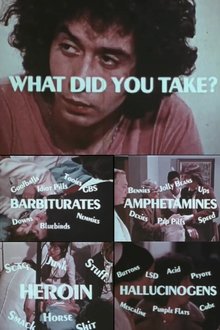
What Did You Take? (1971)
Stresses recognition and treatment of drug abuse emergencies, accurate identification of symptoms, and immediate clinical procedures. Presents scenes of actual cases in the emergency room and adjoining physician's offices of Beth Israel Medical Center in New York City. Viewers observe emergency treatment of patients in the major classes of drugs commonly abused, opiates, depressants, stimulants, and hallucinogens. The film demonstrates to health professionals that successful management of drug overdoses can save most lives and avert additional organic and psychiatric complications.

Overdose (1977)
This program is an overview of best practices to keep a person who has overdosed alive between discovery and hospitalization. Practices include quickly finding or identifying the substance the person on which the person has overdosed and traveling to a hospital or other treatment site immediately. Several simulations of different situations are shown, and the narrator asks the viewer what he or she would do differently. It provides an excellent overview of the basic prehospital approach to an overdosed patient. The initial field management of a patient is covered, accompanied by well-done scenarios illustrating incorrect technique. Although the inclusion of more medical detail would have been beneficial, this is a compelling presentation which is highly recommended for use.

Narcotics, Why Not? (1966)
This film presents a series of extemporaneous interviews with teenagers and young adults who have taken narcotics for "kicks," "association," or "curiosity." Residents of the California Rehabilitation Center relate how they were introduced to narcotics, why they wished they had not used drugs or narcotics, and what the future holds for them. Film is shot in Hollywood, Calif.

Dig! (2004)
A documentary on the once promising American rock bands The Brian Jonestown Massacre and The Dandy Warhols. The friendship between respective founders, Anton Newcombe and Courtney Taylor, escalated into bitter rivalry as the Dandy Warhols garnered major international success while the Brian Jonestown Massacre imploded in a haze of drugs.

The Business of Recovery (2015)
The Business of Recovery examines the untold billions that are being made off of families in crisis. With little regulation or science, addiction treatment has become a cash cow business that continues to grow while deaths pile up.
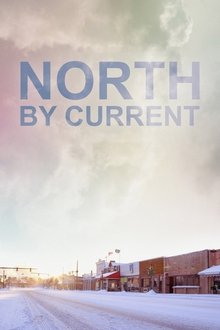
North by Current (2021)
Filmmaker Angelo Madsen Minax returns to his rural Michigan hometown following the death of his infant niece and the subsequent arrest of his brother-in-law as the culprit. Using the audio-visual approaches of essay film, first-person cinema vérité, staged actions, and decades of home movies, Madsen navigates a town steeped in opioid addiction, economic depression, and religious fervor, while using the act of filmmaking to rebuild familial bonds and reimagine justice. Posing empathy as a tool for creating a more just world, North By Current does not seek to investigate a crime, but creates a relentless portrait of an enduring pastoral family, poised to reframe and reimagine narratives about incarceration, addiction, trans embodiment, and ruralness.
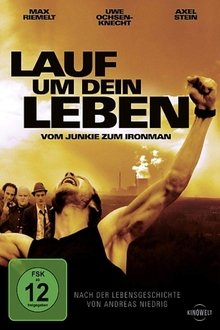
Run for Your Life! (2008)
He lived the junkie's life as a heroin addict. Triathlon transformed him. Biopic of the record breaking Ironman Andreas Niedrig.
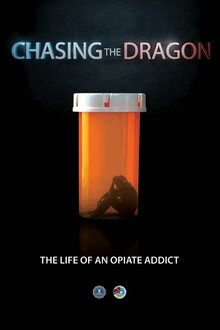
Chasing the Dragon (2016)
Every day in the United States, law enforcement agencies at the local, state, and federal levels—including the FBI and DEA—use investigative resources to target the supply side in the war against drugs. But, even with numerous law enforcement successes in this area, the demand for drugs continues. And, one of the more worrisome trends is a growing epidemic of prescription opiate and heroin abuse, especially among young people.

The Man The Myth The Bellend (2023)
Bellend Productions'(TM) 1X Nominated Documentary "The Man The Myth The Bellend" Directed by Rhys Walkington is the first ever Bellend Productions(TM) Film and is a documentary about the Life of "The Man The Myth The Bellend."

Empathy (2016)
Em is an escort girl and a heroin addict. From New York to Los Angeles via Pittsburgh, Em’s daily life is revealed.

Hometown: A Portrait of the American Opioid Epidemic (2018)
An intimate look at the human faces of America's current opioid epidemic. Seen through the eyes of a mother and the lens of a small town.
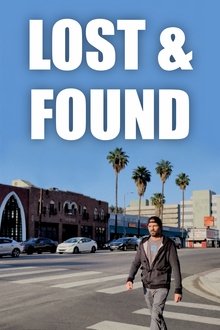
Lost and Found (2022)
An inspiring documentary about overcoming homelessness and addiction in the City of Los Angeles.
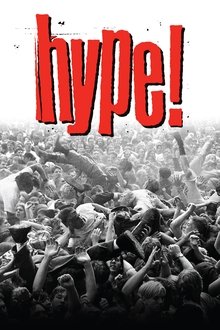
Hype! (1996)
This documentary examines the Seattle scene as it became the focus of a merging of punk rock, heavy metal, and innovation. Building from the grass roots, self-promoted and self-recorded until break-out success of bands like Nirvana brought the record industry to the Pacific Northwest, a phenomenon was born.

Moving Day (2022)
Moving Day tells the story of the people who were left outside – quite literally – during a global pandemic. With the rise of Covid-19, shelters closed, jobs were lost, and homelessness in "Victoria B.C." (unceded L'kwungen Territories), swelled. A community formed in the city’s biggest park and as they learn of an ambitious plan to house everyone by March 31, 2021, uncertainty in the park, and in their lives mounts.

Manufacturing Ignorance (2020)
Tobacco, climate change, pesticides,... Never has scientific knowledge seemed so vast, detailed and shared. And yet it appears to be increasingly challenged. It is no longer surprising to see private corporations put strategies in place to confuse the public debate and paralyze political decision-making. Overwhelmed by excess of information, how can we, as citizens, sort out fact from fiction? One by one, this film dismantles the workings of this clever manoeuvre that aims to turn science against itself. Thanks to declassified archives, graphic animations and testimonies from experts, lobbyists and politicians, this investigation plunges us into the science of doubt. Along with a team of experts (philosophers, economists, cognitive scientists, political men, or even agnotologists), we explore concrete examples of doubt making and try to understand the whole process and the issues behind it.

